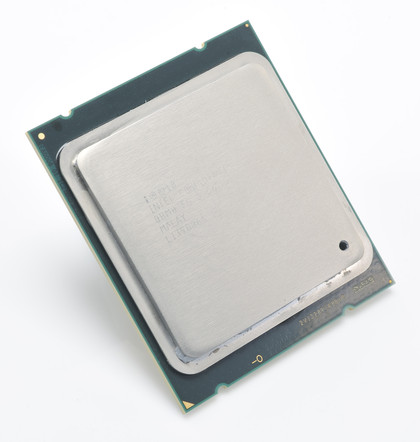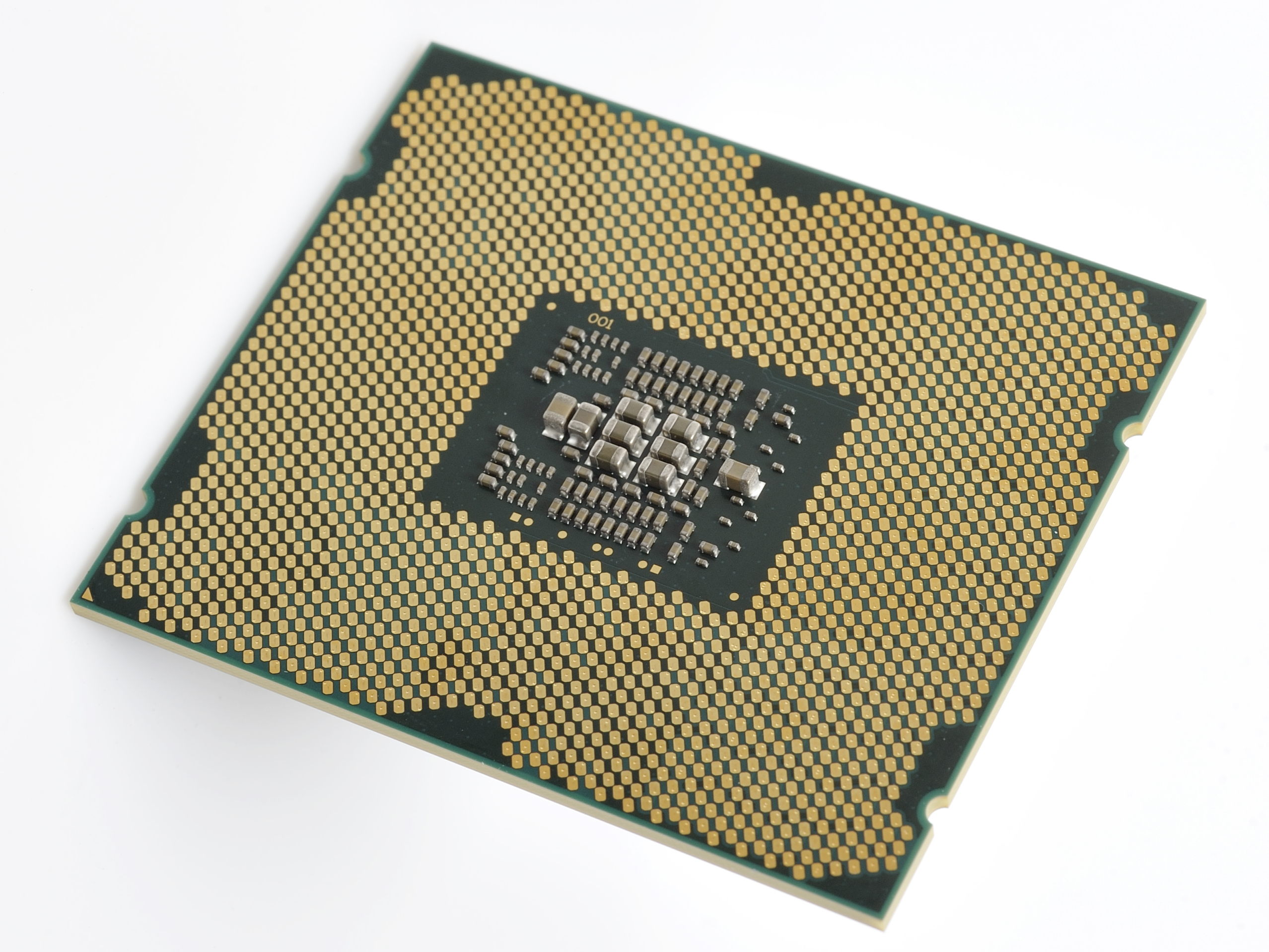Why you can trust TechRadar
So the Intel Core i7 3820 performs at around the same sort of levels as the top-end standard Sandy Bridge CPUs.
We have to say, that's a bit of a disappointment.
This is supposed to be the serious enthusiast processors for Intel's desktop faithful, but the more mainstream, soon-to-be-replaced Sandy Bridge setup is just as good at the quad-core level.

On core-for-core performance, you're not getting much extra for your Sandy Bridge E money. Of course there are the extra PCIe lanes, which are useful if you're rocking more than two graphics cards, and the extra bandwidth offered by the new PCIe 3.0 tech, but the real value of that is still rather ephemeral at best.
There are also the extra two channels of DDR3 memory in the Sandy Bridge E/X79 combo, but again for most of us the benefits of that extra bandwidth is rather difficult to gauge.
In the overclocking stakes, the partially locked multiplier doesn't do the Intel Core i7 3820 a lot of harm, and you ought to be able to hit the same sort of OC numbers as the 2700K. But not best it.
You need a decent motherboard to facilitate that, and that means spending nigh-on £200 on your board. Combined with the £260-odd you're paying for the chip, that still makes the Sandy Bridge E platform too expensive compared to the far cheaper base Sandy Bridge.
There will be instances where the Intel Core i7 3820 and X79 combo will be beneficial, for the offline 3D rendering workstation or other serious productivity tasks that don't necessarily require heavy multi-threading. But that's a niche of an already minuscule niche.
There's only one PCIe 3.0 graphics card out at the moment and the benefits that interface alone gives you are limited. And the extra memory bandwidth is only useful for a tiny minority of the world's populace.
The fast majority of us, and all PC gamers, can already get enough all-round performance out of a standard Sandy Bridge setup.
The quad-core Intel Core i7 2700K or 2600K are still the CPUs we'd recommend.
We had hoped for a more impressive, compelling outing for the quad-core version of Sandy Bridge E. Sadly Intel already has the best-performing quad-core chip on the market, and as a whole platform the i7 2700K and Z68 chipset look like quite the bargain.
The low price of the Intel Core i7 3820 is pleasing, though, and does mean that if you want to build the basis for an excellent workstation you can pick up a decently-priced CPU now and then splash the serious cash on a hex-core CPU if you can afford, or need, the extra cores at a later date.
The socket will continue with 22nm Ivy Bridge E chips towards the end of the year, so there is at least some onward progression for the X79 chipset. Even if Ivy Bridge on the Z77 platform will put the boot into the i7 3820 in a couple of months time.
We liked
The fact that Intel has put the chip out for the same price as the top-end Sandy Bridge i7 2700K is impressive, and thoroughly welcome.
We're also pleased that the BCLK strap shenanigans help to render the partially locked multiplier a non-issue for the majority of overclockers.
We disliked
Sadly there's no real compelling reason to choose this CPU over the existing Sandy Bridge setups. We had hoped for at least a little bit of a performance lead for the extra cash you'd have to stump up for this platform as a whole, but sadly for the Intel Core i7 3820, the i7 2700K has it licked in most benchmarks.
Final verdict
It's a decent chip, offering the extra bandwidth of the Sandy Bridge E platform for straight Sandy Bridge prices. But the vast majority of us don't need that bandwidth.
